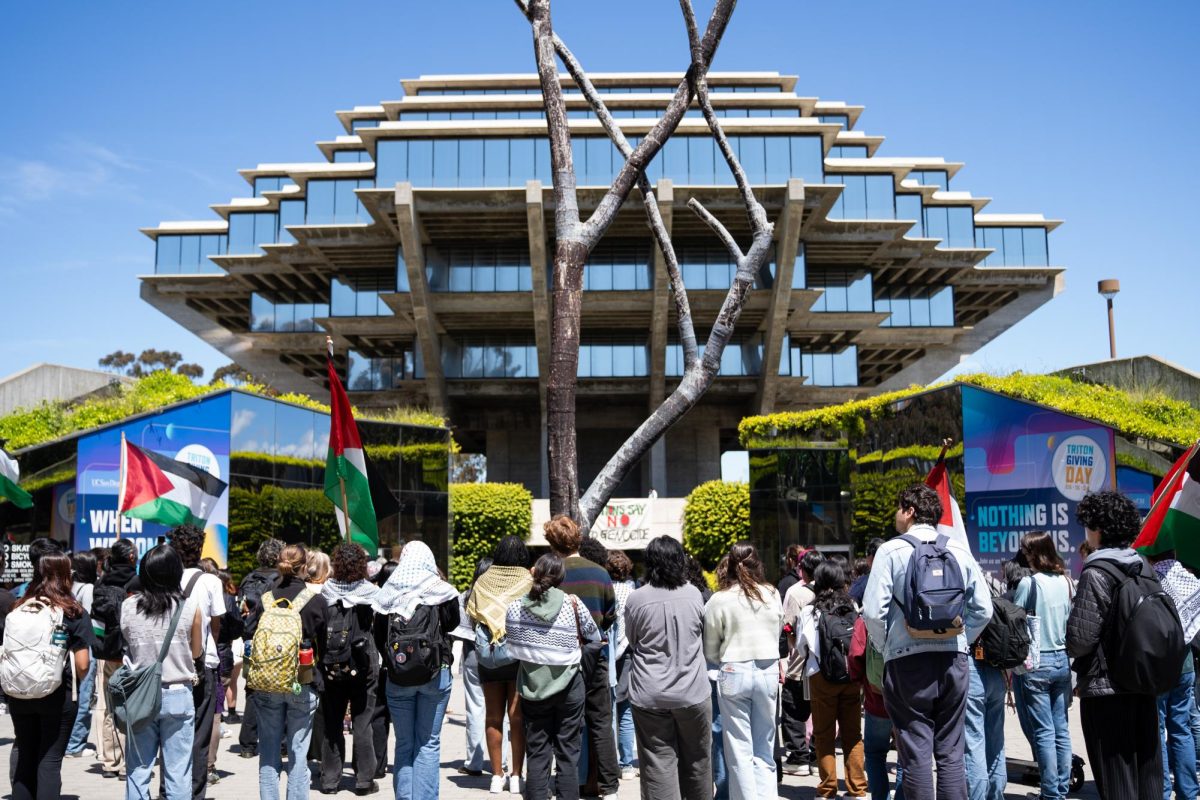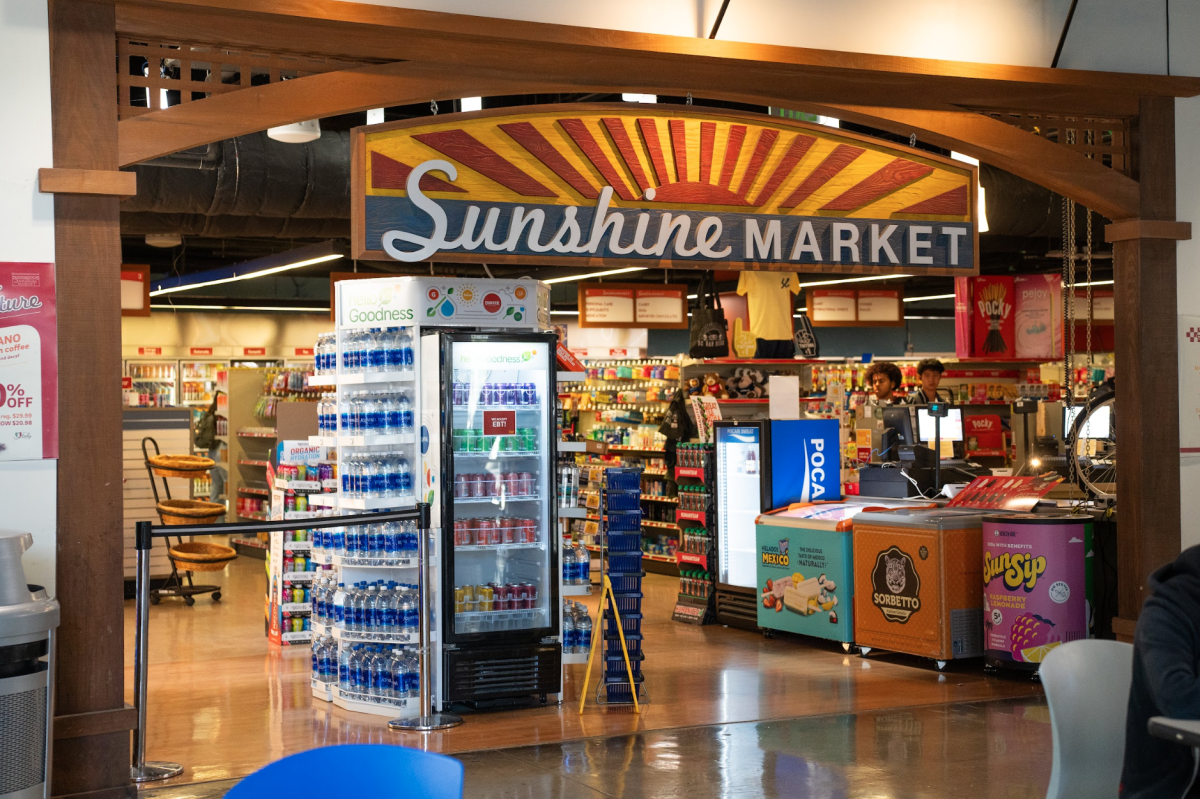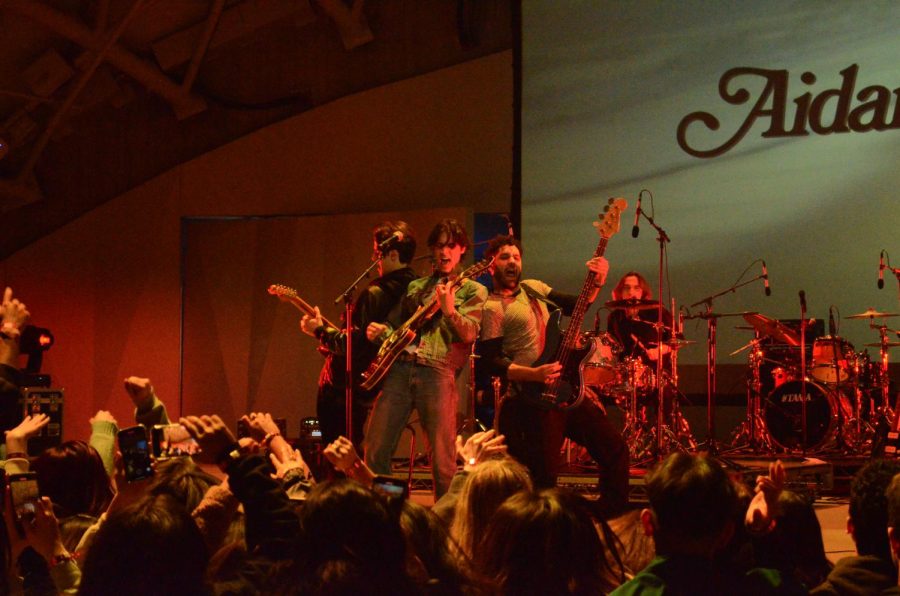The campus’ upcoming $10-million sports facility has become the centerpiece of what could mark a bureaucratic shift in student control over such projects.
aA group of students works out at RIMAC Arena, which will open a supplement facility next year. A.S. President Harry Khanna has been lobbying for more student control over the $10-million expansion, using a survey to gauge student opinions about the project.
In November, A.S. President Harry Khanna began talks with Vice Chancellor of Student Affairs Joseph W. Watson in the hopes of expanding student influence over RIMAC Annex and other facilities funded by student fees. With the student-fee-funded project now nearing its completion date of fall 2008, student officials are trying to exert that influence, though results have been mixed.
The construction’s fiscal base comes from revenue produced by student fees, which Khanna said should entitle students to hold sway over the theme and function of the building.
A survey will be distributed this week that will field student interest in, among other things, study areas, a convenience store and alcohol service for the annex. Khanna said he hopes the survey will bolster student clout over the building.
Watson said the survey will be used as a “”guideline”” for the use of future facilities, including a Student Wellness Center – housing both medical, psychological and fitness services – in the John Muir College area.
“”I think it’s a thoughtful and responsive plan,”” Watson said.
Graduate Student Association President Garo Bournoutian drafted the survey’s initial version after talks between Khanna and Watson soured on issues of student power.
“”We have a long way to go before I’m comfortable,”” Khanna said at a November A.S. Council meeting, regarding negotiations on student control of the annex. “”I think he is open to compromise, though, so we’ll be working on that.””
Watson said he had early concerns that the survey was an attempt to completely “”redesign”” the annex. Negotiations remain tense, marked by a public tiff between Watson and Khanna at last week’s council meeting during a question-and-answer session.
“”If this were the real world, then students would be the shareholders and Chancellor Fox would be the CEO,”” Khanna said at the meeting. “”So the students would ultimately be in control over what they pay for.””
Watson’s answer: “”I think the shareholders are the people of the state of California and the Board of Regents is the board of directors. You can view the students as consumers of products.””
In a follow-up interview, Khanna said that Watson misunderstood the relationship between students and facilities constructed using student fees.
“”There’s no getting over the fact that student fees pay for many buildings, including the annex,”” he said.
The campus’ Athletics, Recreation and Sports Facilities Advisory Board will convene later this quarter to determine its recommendation on alcohol availability at the annex. Watson said he would back any board decision, and added that any concerns board members had about beer and wine service were “”valid.”” Director of Sports Facilities Donald E. Chadwick, who helped Khanna draft the survey’s final version, said that though he supports such services, “”it isn’t my decision to make.””
Though he said he hoped the survey would hold more influence over the site, Khanna admitted that its powers are institutionally limited.
“”We will use this survey as a lobbying tool to get what students want,”” Khanna said. “”But overall, it is Watson’s choice.””
However, several initiatives are in the works that could boost student control over boards such as ARSFAB and University Centers Advisory Board, which oversees projects such as the Student Center expansion.
“”If adopted by these boards, students will enjoy greater influence and control of these facilities – including the RIMAC Annex,”” Chadwick stated in an e-mail.







